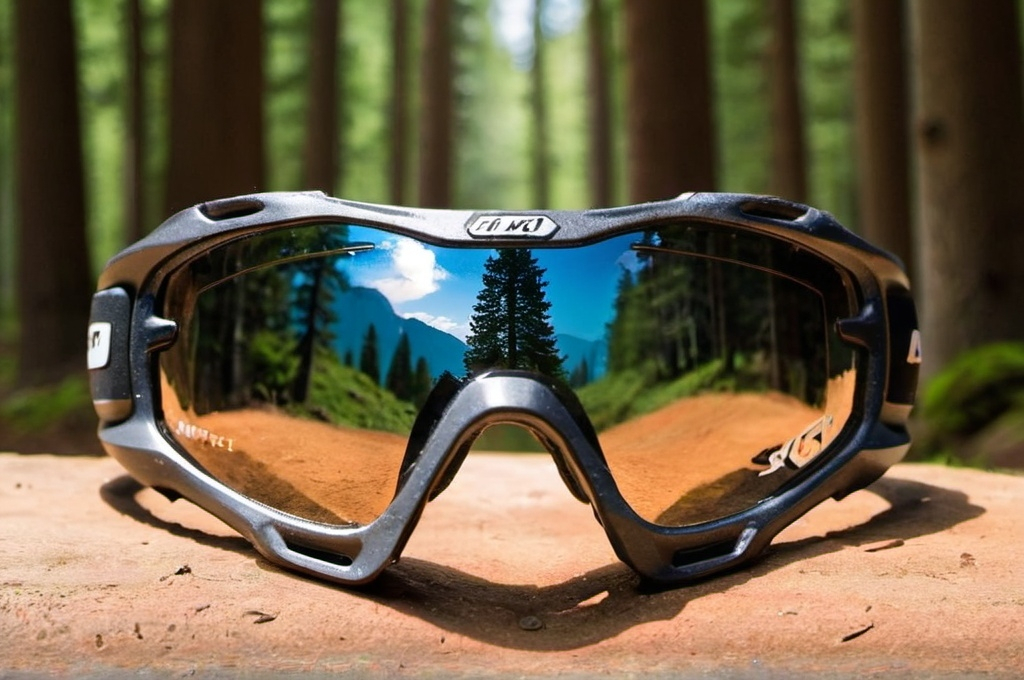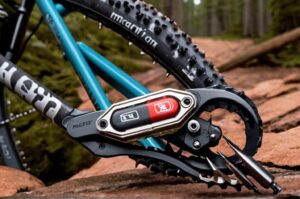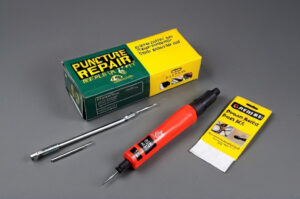Table of Contents
Introduction to Mountain Bike Eyewear Care
Mountain bike eyewear is essential for protecting your eyes from debris, harmful UV rays, and unpredictable weather conditions while giving you a clear vision of the trail ahead. However, maintaining your MTB eyewear is crucial to ensure its longevity and effectiveness. Without proper care, you might encounter common issues such as scratches, fogging, and reduced clarity, which can significantly impact your riding experience.
Scratches and damage on your bike glasses not only hinder your vision but also compromise your safety by creating distracting visual impairments. Ensuring your eyewear remains in optimal condition is paramount for both performance and protection. In this article, we will delve into various aspects of MTB eyewear care, including selecting the right eyewear, cleaning techniques, storage solutions, handling practices, maintenance, and on-trail protective measures.
Choosing the Right Eyewear
When investing in MTB eyewear, opting for high-quality materials is essential. Eyewear designed specifically for mountain biking typically features robust frames and durable lenses that can withstand rough conditions. Look for glasses with impact-resistant polycarbonate lenses which are both strong and lightweight, providing the necessary protection without adding undue weight to your gear.
Scratch-resistant coatings are another critical feature to consider. These coatings help prevent minor scratches that can occur from debris or improper handling. Additionally, consider lens color and material based on your riding environment. For instance, yellow or amber lenses enhance contrast in low-light conditions, while polarized lenses reduce glare in bright sunlight.
The fit and comfort of your eyewear are equally important. Ensure the glasses fit snugly without causing discomfort, especially for extended rides. Adjustable nose pads and temple arms can help achieve a customized fit, minimizing movement and enhancing comfort during your adventures.
Proper Cleaning Techniques
Maintaining your MTB eyewear begins with using the right cleaning solutions. Avoid harsh chemicals like ammonia-based cleaners, which can damage lens coatings. Instead, use a mild soap solution or a lens-specific cleaner designed for eyewear. These solutions effectively remove dirt and debris without harming the lenses.
When cleaning your lenses, follow these steps to prevent scratches: Rinse the lenses with lukewarm water to remove loose particles, apply the cleaning solution, and use a microfiber cloth to gently wipe the lenses in a circular motion. Avoid using paper towels, tissues, or clothing, as these materials can be abrasive and cause scratches. Regular cleaning helps maintain lens clarity and extends the lifespan of your eyewear.
Frequency of cleaning depends on your riding conditions but generally, it’s advisable to clean your lenses after every ride. This practice ensures that dirt and grime do not accumulate, reducing the risk of scratches and maintaining optical clarity.
Storage Solutions
Proper storage is crucial in protecting your MTB eyewear from damage when not in use. Invest in a protective case specifically designed for bike glasses. These cases usually come with a hard exterior and soft lining, shielding your eyewear from impacts, dust, and scratches.
Avoid common storage mistakes such as placing your glasses directly into your backpack without protection. This exposes them to potential scratches from other items. Instead, utilize a designated compartment or a padded section within your bag. When traveling, consider a durable travel case with secure compartments to store your glasses and spare lenses.
For added protection, consider storing the lenses separately when not attached to the frame. This minimizes the chance of scratches and keeps each component in optimal condition.
Handling and Daily Use
How you handle your MTB eyewear plays a significant role in preventing scratches and maintaining longevity. Always use both hands when putting on or taking off your glasses to avoid deforming the frame. This practice ensures an even distribution of pressure and prevents unnecessary strain on any single part of the eyewear.
Avoid touching the lenses with your fingers as oils and debris from your skin can transfer onto the lenses, potentially causing scratches and smudges. To manage sweat and dirt accumulation during a ride, carry a clean microfiber cloth or lens wipe. Regularly clean the lenses to maintain clear vision and prevent buildup.
Wearing eyewear with helmets can sometimes be tricky. Ensure that your glasses fit well with your helmet, without causing discomfort or shifting during your ride. Some helmets have designated channels for eyewear, providing a secure fit and added stability.
Maintenance and Repairs
Regularly inspecting your MTB eyewear for signs of wear and tear can help you address issues before they become significant problems. Check for minor scratches, loose screws in the frames, and any other signs of damage. Spotting early signs of wear allows you to take preventative measures, such as replacing worn-out parts.
If you encounter minor scratches on your lenses, there are some temporary fixes you can try. Applying a small amount of non-abrasive toothpaste or baking soda paste and gently rubbing it on the scratch can sometimes reduce its visibility. However, these solutions are not permanent and should be used with caution.
For more significant damage, consider professional repair or lens replacement. Many manufacturers offer repair services or warranty options, so take advantage of these if necessary. Investing in long-term repair options ensures your eyewear remains effective and safe for use.
Protective Measures on the Trail
Choosing trails with minimal debris can reduce the likelihood of your eyewear getting scratched or damaged. While it’s not always possible to avoid rough conditions, being selective about your trails when possible can help maintain the integrity of your eyewear.
Using goggles or protective covers over your eyewear in particularly rough conditions can provide an extra layer of protection against debris and impact. These covers can be easily removed when the trail conditions improve, allowing you to continue with clear vision.
When taking breaks during your ride, handle your eyewear with care. Place them in a secure spot where they won’t fall or get stepped on. Preparing for unexpected weather changes by carrying protective covers or backup eyewear can also keep your primary glasses in good condition.
Conclusion
Ensuring the longevity and effectiveness of your MTB eyewear requires consistent care and attention. By choosing the right eyewear, utilizing proper cleaning techniques, storing them correctly, handling them with care, and maintaining them regularly, you can significantly reduce the risk of scratches and damage.
Investing time in these practices not only enhances your riding experience but also extends the life of your biking glasses, making them a worthwhile investment. We encourage you to share your own tips and experiences in the comments, contributing to the collective knowledge of the mountain biking community.







